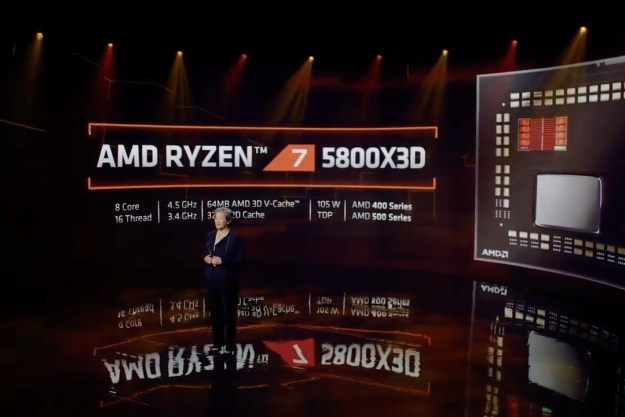The ovaries were 3D-printed through an innovative technique developed by researchers at Northwestern University, who created a scaffold to hold immature eggs. Though the current technique was designed for mice, the research team’s ultimate goal is to scale it up for humans.
“The main motivation is to develop a tissue-engineered replacement for women with impaired ovaries,” Alexandra Rutz, co-lead author of the study, told Digital Trends. “Most of these women who have impaired ovaries are young cancer survivors. It’s amazing how far cancer treatment has come, but this means the population of survivors who might have side effects to cancer therapy is increasing. One of those devastating consequences can be infertility.”
For “ink,” the scientists used a unique gelatin, which was biocompatible, strong enough to hold up through surgery, and porous enough to integrate with the mouse’s body tissue.
In humans, the researchers plan to take samples of a patient’s ovarian cells and preserve them before she goes into treatment. Once in remission, the cells would be seeded into the 3D-printed scaffold, which would then be implanted into the patient.
“In an ideal future, hospitals will have labs for manufacturing these types of bioprostheses,” Rutz said. “This would include equipment and personnel for handling and preserving each patient’s own cells along with a 3D printer that can be used to print implants of custom shapes, sizes, and materials.”
The scientists’ next steps will be difficult as they’ll have to scale the scaffolds up significantly to accommodate larger animals. They will also be researching ways to optimize the implants for life-long performance.
A paper detailing the research was published this week in the journal Nature Communications.
Editors' Recommendations
- Nvidia turns simple text prompts into game-ready 3D models
- 3D printed cheesecake? Inside the culinary quest to make a Star Trek food replicator
- AMD Ryzen 7 5800X3D beats predecessor, but AMD promised more
- AMD teases performance of its revolutionary 3D V-cache chip
- Fighting football injuries with 3D-printed, hyper-personalized pads


